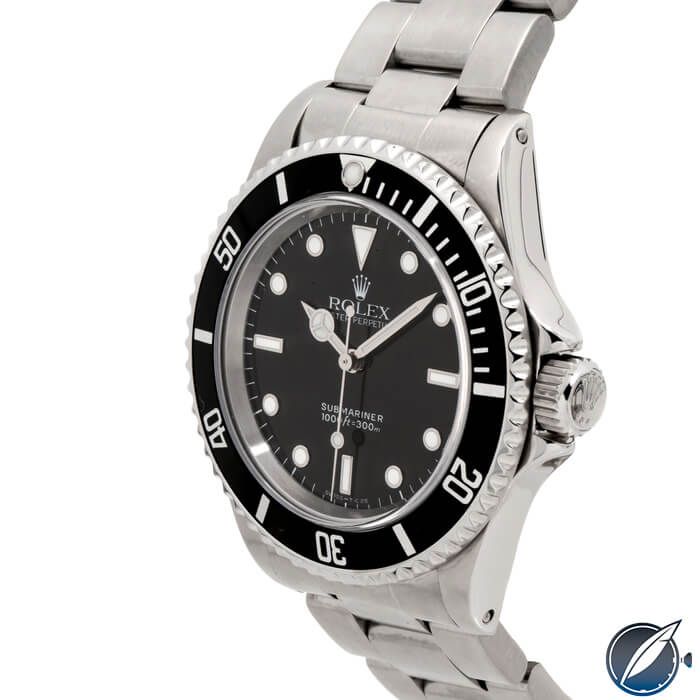The Golden Age Of Rolex Movements Part I: Sowing The Seeds Of Greatness

If you want to love Rolex, but you love mechanical movements more than you love watch brands themselves, rejoice: we are living in the halcyon days of Rolex movement innovation Since the late 1990s, Rolex watchmaking - complications, patents, and even movement finish - has flourished in the shadow of the Rolex brand and individual blue-chip model families Today, 70+ hours' worth of power reserve is considered the standard for newly introduced Rolex calibers, and "Model one" in that series was the 4130 chronograph.
The Daytona 4130 was the first modern Rolex caliber to dispense with the smooth but fragile jeweled staff rotor pivot previously used on most automatic Rolex movements For the first time in series production, a Rolex caliber was designed expressly for visibility through a showcase window, and the now Cellini-branded Rolex Prince of 2005 served as the unlikely vessel Initially launched as the Rolex Prince in 1928, this rectangular family of interwar Rolex shaped watches enjoyed its glory years during the heyday of Art Deco style and the parlous balance between gilded towers and Depression-era privation.
As a modern manual-wind Rolex caliber, the 7040 in all four versions is a rarity; this arrangement was chosen to maximize movement visibility, and Rolex carefully designed bridges for a manual caliber rather than leave structural relics by converting an existing automatic. . Source